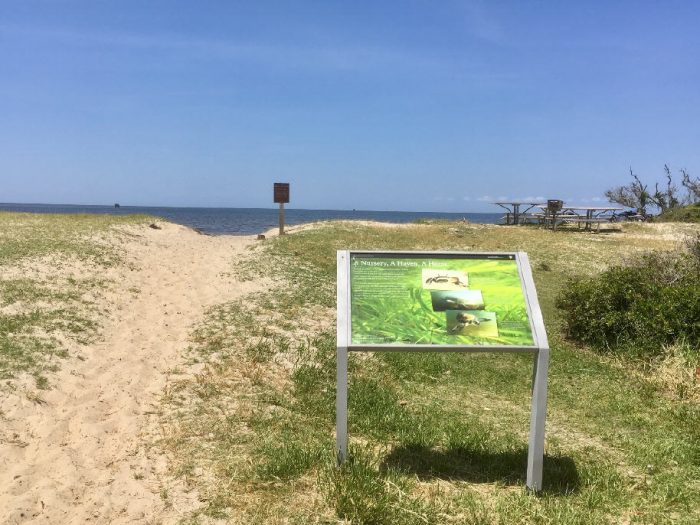Water quality swimming advisories lifted for two sites in Dare County

State recreational water quality officials today lifted two swimming advisories in Dare County.
The advisories were lifted because water testing shows that bacteria levels have dropped below the state’s and Environmental Protection Agency’s standards set for swimming and water play.
One advisory was posted on Sept. 18 at the public beach access at E. Hollowell Street in Nags Head. This site showed a monthly average of the bacteria enterococci above the EPA-mandated level of 35 enterococci per 100 milliliters of water, the standard for high-use sites. Subsequent testing of water samples collected at this site found that bacteria levels have fallen below this standard.
The other advisory was posted on Oct. 3 at the Salvo Day Use Area on the sound across from ramp #23 in Salvo along the Cape Hatteras National Seashore. Test results of water samples taken Oct. 1, Oct. 2 and Oct. 8 showed bacteria levels exceeding 104 enterococci per 100 milliliters of water, the standard for recreational use coastal waters. Test results of water samples from the site now shows bacteria levels below the state and federal recreational water quality standards.
The signs advising against swimming, skiing or otherwise coming into contact with the water have been removed.
Enterococci, the bacteria group used for testing, is found in the intestines of warm-blooded animals. While it is not known to cause illness, scientific studies show that enterococci may indicate the presence of other disease-causing organisms. People swimming or playing in waters with bacteria levels higher than the standards have an increased risk of developing gastrointestinal illness or skin infections.
Coastal recreational waters in North Carolina are generally clean. However, it is important to continue monitoring them and inform the public of any localized problems. The N.C. Recreational Water Quality Program samples 221 sites in coastal waters of the state, most of them on a weekly basis from April through October.
For more information on the N.C. Recreational Water Quality Program or to a view a map of testing sites, visit the program’s website, and follow the program’s social media account.












